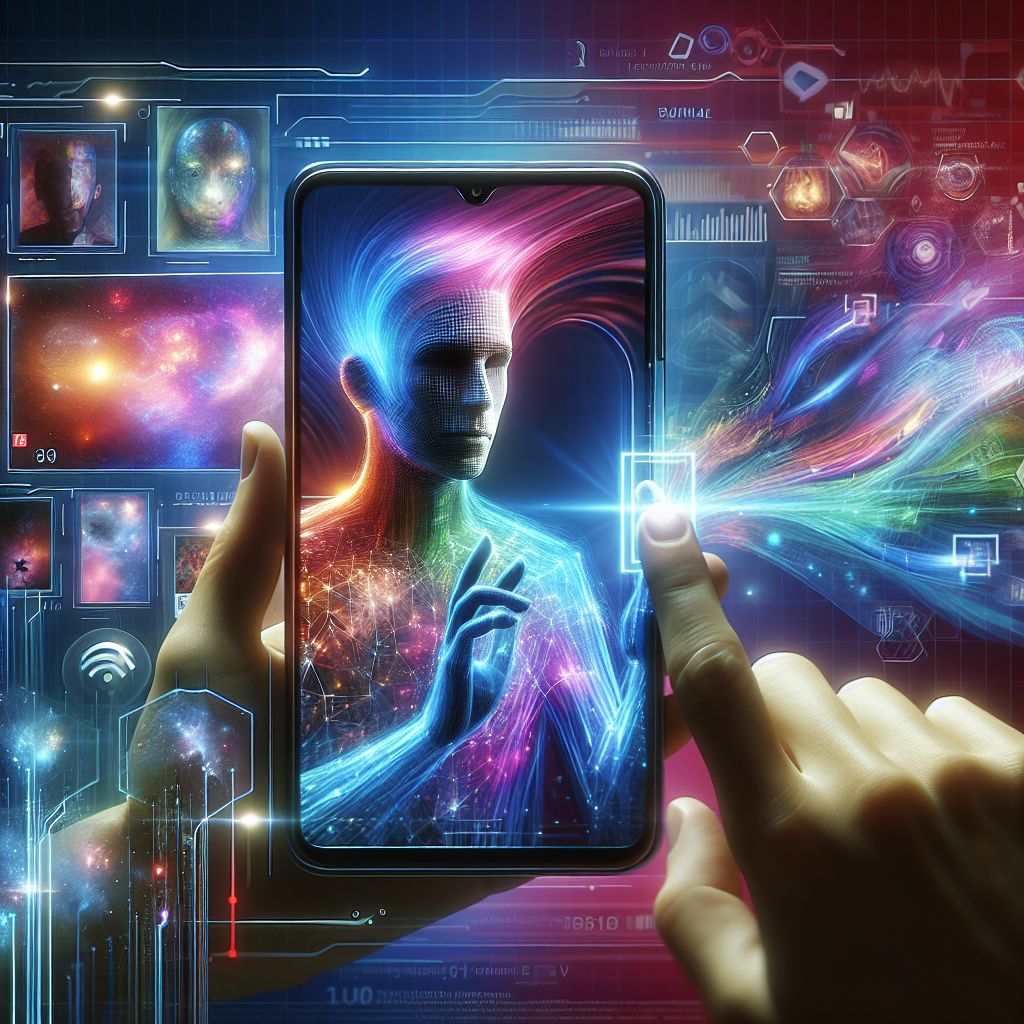OpenAI Announces Sora: A Groundbreaking AI Video App to Rival TikTok
OpenAI is entering the social media arena with the launch of its first entertainment-focused application, Sora, alongside the debut of its second-generation model, Sora 2. Designed to compete directly with platforms like TikTok, Sora offers users the unprecedented ability to generate self-starring AI videos with friends, leveraging some of the most advanced generative video technology available. This move represents a significant expansion of OpenAI’s vision—from powering productivity tools to democratizing creative expression through artificial intelligence.
What Is the Sora App?
Sora is a social video app developed by OpenAI that integrates generative AI to allow users to create short, shareable videos without the need for traditional filming or editing equipment. Like TikTok, Sora features a community-focused content feed where users can watch, engage with, and remix others’ videos. The core differentiator lies in the way content is created: entirely through AI.
AI-Generated Personalized Videos
At the heart of the app is OpenAI’s Sora 2 model, an advanced multimodal generative AI engine capable of creating realistic video content that features the user and their chosen contacts. By using photos, prompts, or even brief voice recordings, Sora allows creators to simulate scenes, characters, and interactions that match their storylines and aesthetic preferences.
For example, a user can ask the app to generate a video of them and their best friends skiing through neon-lit mountains on another planet—all without any of them strapping on real skis or traveling. The system uses underlying models of motion, facial structure, and audio synthesis to make these fabricated scenes feel remarkably lifelike.
Sora vs. TikTok: Not Just Another Video Platform
While TikTok revolutionized short-form video through user creativity and algorithm-driven discovery, Sora raises the bar by incorporating advanced AI to automate video creation. This turnaround from conceptual idea to full video could happen in mere seconds, as OpenAI’s infrastructure handles the complex renderings.
Algorithmic Comparison
TikTok’s recommendation engine is considered one of the best in the industry. While OpenAI has not yet provided a deep dive into Sora’s algorithm, it is expected that Sora will include an experience grounded in reinforcement learning principles—a hallmark of OpenAI’s approach—adjusting content recommendations and video refinement based on user engagement and feedback data.
Democratization of Content Creation
Perhaps the most important impact of Sora will be its accessibility. Traditional video creation requires cameras, lighting, actors, editing software, and ample time. Sora compresses this all into a single app, making high-quality video production accessible to anyone with a smartphone. This could be a game changer for creators working under tight budgets or in remote locations.
Privacy and Ethical Concerns
Of course, the capabilities of Sora introduce new challenges related to privacy, deepfakes, and consent. Generating videos with simulated likenesses of friends—even if intended for fun—raises questions about digital identity and impersonation.
Built-in Safeguards
OpenAI states that Sora includes strict usage guidelines, with in-app permissions required for using other people’s images or names. Similar to how facial recognition tools have faced legislative scrutiny, regulators and advocacy groups are already watching Sora’s launch carefully. Compliance with global data protection standards such as GDPR in Europe and CCPA in California will be imperative.
Federal and State Oversight?
As AI-generated media becomes more common, government interest will increase. Federal regulatory agencies, like the FTC, and state governments (including Maryland, which has shown national leadership in tech regulation) may begin drafting or enforcing rules on AI-generated likenesses and misinformation. Sora’s success will depend not just on its technology but its ability to navigate this evolving regulatory landscape.
What’s Next for OpenAI and Sora?
OpenAI’s broader strategy seems to be expanding AI from chat and productivity solutions (like ChatGPT) to entertainment and lifestyle. With partners across the tech and creative industries, OpenAI is looking to position Sora not just as a consumer app but potentially as a platform for brand experiences, storytelling, and fan engagement.
In the near future, we can expect integrations with other OpenAI platforms, including plugins that connect Sora and ChatGPT, or developer APIs for custom video automation tools. If leveraged correctly, Sora might also make its way into government communications, marketing, and training programs—where dynamic, AI-generated content can engage audiences in new ways.
Conclusion
The launch of Sora and the Sora 2 model marks a bold new chapter for OpenAI. By entering the realm of social video, the company isn’t just competing with platforms like TikTok—it is reimagining how content is created, shared#OpenAI #SoraApp #AIVideoCreation #TikTokRival #GenerativeAI

